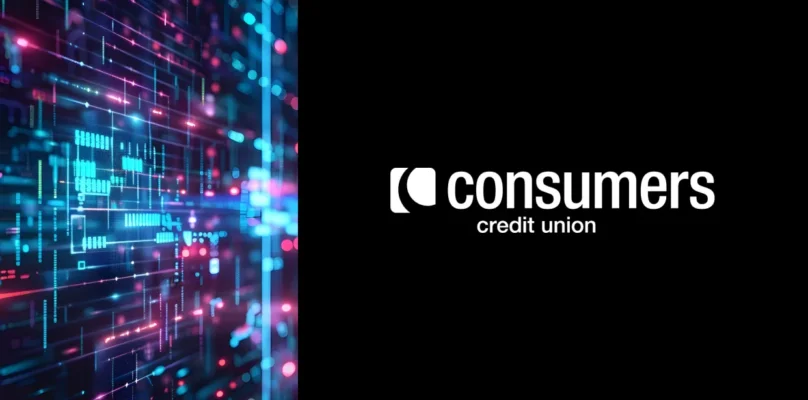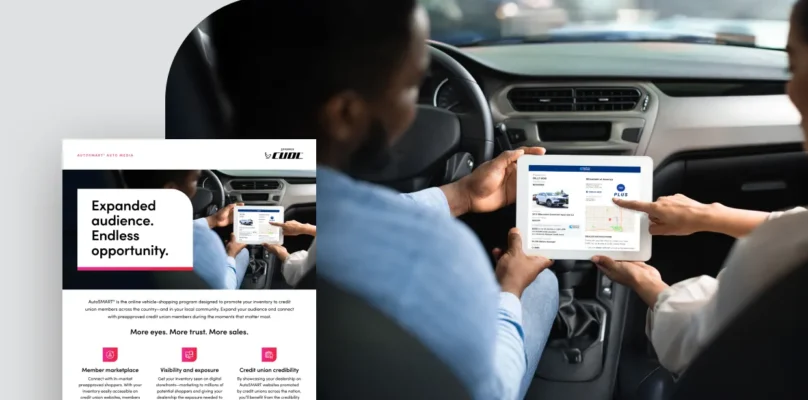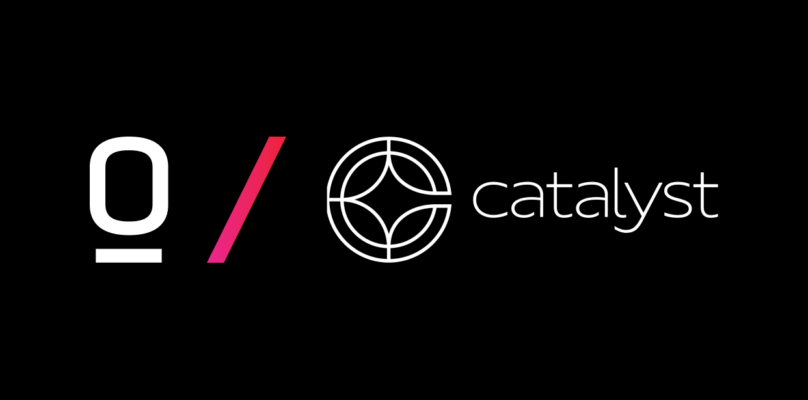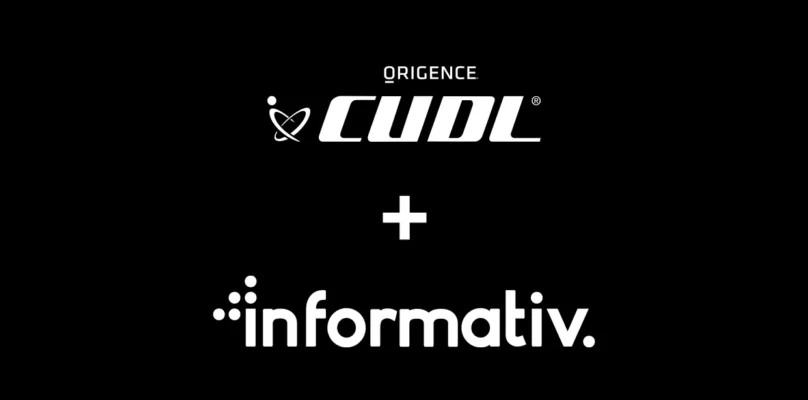How many systems, both digital and manual, do your borrowers and employees have to navigate before booking a loan? The answer may surprise you and provide some critical insight if you aren’t surpassing your loan growth goals.
What is Technology Sprawl?
Tech sprawl isn’t just a lending problem or even a financial services problem. Everyone who works for a complex organization, regardless of industry, often has several web browser tabs and software programs open at once and must toggle back and forth between them to do their jobs.
When looking specifically at lenders, not all are inefficient. Some have implemented a robust loan origination system (LOS) and point of sale system that serves as a central hub and provides smooth integration with the lender’s core system, as well as with all the various third-party providers required to quickly and effortlessly move borrowers along the borrower journey, with emphasis from shopping, application and on to funding.
Today’s consumer expects the lending process to be fast and easy, and numerous studies have shown consumers value convenience over price or loan provider. Lending, especially mortgage lending, is not as simple as ordering candy canes on Amazon or a movie on Hulu, but expectations are aligning along those lines.
Four Ways to Fight Lending Technology Sprawl
If your institution is considering the move to an origination platform (or needs to replace or upgrade its existing system), here are some important questions to address as you begin your search.
-
- How efficiently does the LOS connect with your core system and other systems? All software providers claim they integrate well with other tech vendors, but it’s important to do your due diligence and confirm those claims. Your LOS must not only connect with other systems but ideally, in a fashion that provides for a dual payload.For example, your financial institution might have separate software to collect loan applications on different channels, with one for your call center and branches, another for your indirect lender, and yet another for online and mobile applications.
Often lenders will rely on one system for pre-approvals, and several more for loan decisions, disclosures, and funding based on loan type (account origination, business, mortgage, consumer, etc.). There are also systems that quantify loan loss provisions requirements, while others handle internal reporting. If you manage an indirect lending program, you also have to be highly engaged with the dealer experience and their platforms to excel at convenience and retention.
- Does the LOS support and enrich the borrower’s experience? Integration speed is important here, but an origination platform must also provide a seamless connection to all the steps involved in the loan approval process, from pre-approvals to funding and pushing data to servicing. By utilizing data for smart third-party providers as well as the core system and previous applications—a delightful application experience can be presented to the borrower.The origination platform must provide the ability to quickly and easily confirm eligibility, which may include separate systems to verify and authenticate identity, run additional verifications, and comply with all the appropriate compliance and regulations.
- Does the LOS enrich operations? What is often overlooked in the search for an origination platform is the value it should bring to your staff. Your LOS might, in fact, integrate with your other systems, but if that integration requires employees to toggle among several screens and input data manually, they will likely find it very difficult to embrace.The system isn’t just about the customer/member experience it provides; your internal team must also benefit from it through efficiency gains, automation, and elimination of redundant items. Stare and compare is nearly behind us with automated document recognition (ADR) and optical character recognition (OCR) being utilized more and more. Moreover, utilizing workflow management, automated file assignment, and underwriting by exception reduces costs as key underwriters are spending time on the right loans.
- Does the LOS help your institution grow members/customers and loans? The borrower experience, a deeply integrated staff experience, and your dealer network are essential. However, you should also make sure your origination platform has the ability to leverage your existing data into growth. Which members/customers are ready for additional loans? Which ones are likely to be entering a new life stage, and with it, have different lending needs? And, does your LOS pull performance data and use it to improve your underwriting and pricing?Actionable analytics is upon us. Utilizing system feedback to fine-tune the workflow is real. Having a platform that includes the toolset to grow, adjust and advance with the strategic direction of the lender is not just talk. Enabling lenders to have these tools within their origination platform drives loan growth.
It’s important to remember that a strong loan portfolio isn’t built upon a shotgun approach; access to data, and leveraging that data, allows you to tailor your outreach to fit your specific growth and income goals.
- How efficiently does the LOS connect with your core system and other systems? All software providers claim they integrate well with other tech vendors, but it’s important to do your due diligence and confirm those claims. Your LOS must not only connect with other systems but ideally, in a fashion that provides for a dual payload.For example, your financial institution might have separate software to collect loan applications on different channels, with one for your call center and branches, another for your indirect lender, and yet another for online and mobile applications.
What you should expect from your LOS
Comparing systems can be an overwhelming process. Before beginning your search, setting a performance baseline will help you narrow potential vendors to just those that meet your needs. The following performance capabilities should be top of mind when deciding on a new borrower experience & staff experience.
- Smooth implementation, Successful implementations take time, but every month you operate on your old system is frustrating and delays the feature set available in the new platform. Origence’s Enterprise Consumer Portal/borrower experience and LOS/staff experience implementation process is built upon several high-level process design sessions that take place before signing. A tailored project plan is then assembled and aligned with a detailed statement of work. Both parties have a clear alignment at signing, leading to a stellar implementation experience. Vendors that promise significantly shorter implementation times might not be fully integrated with other systems. Conduct your due diligence and seek feedback from colleagues who have converted to the systems you’re considering.
- Increased automatic decisions. An origination platform should support a fully functional shopping experience, “show me you know me” application experience, and post-application experience. The application experience should be tailored to the loan product and provide appropriate cross-sells if desired. System decisions should expedite the loan process resulting in improved ratios. Lenders using the Origence platform have experienced increases from 15 to 40% in automatic process approvals.
- The impact of today’s system architecture on lending success. Your underlying system infrastructure sets the framework for every piece of technology. Often legacy providers continue to bolt on, which adds costs like it or not. Fundamentally, any system you build, buy or adopt is only as performant and stable as its underlying services. To this end, there are a couple of important questions that should be addressed:
- Does your system architecture contain the latest technology to strategically align with your direction?
- Does it have the responsive design needs of the borrower and the API capabilities to empower your institution?
By connecting business channels through the Origence origination platform via upstream and downstream interlinkages concentrates on the effectiveness and impact to the organization. Origence and the expected three-dimensional value (Product, Process, and Performance) of forward-thinking technology provides greater certainty and options for lenders by offering an integrated technology suite, promoting greater transparency for all parties in the lending lifecycle.
The incentive for change and investment in a more profitable future supported by the benefits of process transformation via automation can make it well worth the transition process a company must undertake to implement it.
Implementing the Right LOS Solution
To provide a truly positive borrower experience and win staff support, a lender’s POS & LOS must reduce technology sprawl. Make sure the solutions you’re considering meet these minimum requirements:
- It can fully implement with numerous systems, not just your core
- It must provide an enriched member experience
- It needs to increase operational efficiency
- It should strategically align with the organization’s direction now and have the ability for the lender to adapt it for the future
- It should be supported by a capable implementation team with an embedded tool set the lender can manage
- It should be built upon a technology stack that is relevant, secure, stable, and positioned to grow with the lender
To ensure your capital investment contributes to all of your organization’s goals, an origination platform must also build a strong foundation for the future, growing members/customers and loans with a robust account origination feature, as well as support the ability to become an enterprise origination platform.

















